Summer in Atlanta is hot and humid, with temperatures often hitting the upper 80s during the day and dipping into the 70s at night. While we stay cool in our AC rooms, our outdoor plants have no luxury. Plants, trees, and shrubs love the sun, but only if they get enough water. With the intense summer heat in Atlanta, keeping a healthy, lush landscape can be challenging. High temperatures and humidity can stress your plants, leading to dehydration, pests, diseases, and less vibrant greenery. So, during these hot and dry months, focusing on proper watering and irrigation for your landscape is crucial.
At Outdoor Makeovers & Living Spaces, we don’t just provide landscaping solutions —we’re here to help you keep your outdoor spaces green and healthy. This blog post will share some easy and practical water-efficient landscaping tips tailored to Atlanta’s unique climate.
Understanding Atlanta’s Hot and Humid Climate
Atlanta’s climate is characterized as humid subtropical. This means hot, sticky summers and mild winters. Let’s break down the key elements:
Summertime in Atlanta
- High Temperatures: During peak summer months, expect average highs in the upper 80s to low 90s Fahrenheit (31-32°C).
- High Humidity: Moisture-laden air creates a “sticky” feel, making temperatures feel higher than they are.
- Afternoon Thunderstorms: Frequent and often intense thunderstorms can provide temporary relief from the heat but can also lead to localized flooding.
- Urban Heat Island Effect: Atlanta’s urban landscape contributes to higher temperatures than surrounding rural areas.
Factors Affecting Watering Needs
| Factor | Lower Watering Needs | Higher Watering Needs |
|---|---|---|
| Plant Type | Deep-rooted trees (oaks, pines), Azaleas, Camellias | Turfgrass, Annuals, Vegetables, Newly Planted Shrubs |
| Plant Maturity | Established trees and shrubs | Newly planted or young plants |
| Soil Type | Clay (generally retains moisture) | Sandy or loamy (drains quickly) |
| Sun Exposure | Shade-loving plants | Full sun plants |
| Mulch | Adequate organic mulch | No mulch or thin mulch layer |
| Irrigation System | Drip irrigation | Sprinkler system |
| Atlanta-Specific Factors | Drought-tolerant native plants, Deep root watering | Frequent, shallow watering, Supplemental hand watering |
Impact on Plant Life
Atlanta’s climate presents challenges for your landscape plants and trees.
Heat Stress
- Elevated Temperatures: High temperatures can lead to plant dehydration, scorching leaves, and reduced growth rates.
- Photosynthesis Disruption: Excessive heat can impair photosynthesis, the process plants use to convert sunlight into energy.
Humidity Challenges
- Fungal Diseases: High humidity creates ideal conditions for fungal diseases like powdery mildew, rust, and leaf spot.
- Root Rot: Excessive moisture can suffocate plant roots, leading to root rot and decline.
- Pest Proliferation: Humid conditions encourage the growth of pests such as aphids, scales, and mealybugs.
Soil Issues
- Nutrient Leaching: Heavy rainfall can leach essential nutrients from the soil, impacting plant health.
- Soil Compaction: Frequent heavy rains can compact soil, hindering root growth and oxygen exchange.
Weather Extremes
- Drought: While humidity is high, periods of drought can still occur, stressing plants.
- Storms: Strong winds and heavy rain can damage plants, causing broken branches and uprooted trees.
Conducting An Irrigation Audit & Zoning Your System!
An irrigation audit is crucial in optimizing water efficiency and ensuring your landscape receives adequate hydration. By carefully assessing your system’s performance, you can identify areas for improvement, reduce water waste, and promote healthier plant growth.
Zoning your irrigation system involves dividing your landscape into separate areas based on plant water needs, soil type, and sun exposure. This allows for tailored watering schedules and maximizes efficiency.
Steps in Conducting an Irrigation Audit
1. System Inspection:
- Examine sprinkler heads for proper function, alignment, and even distribution.
- Check for leaks or damaged pipes.
- Ensure plants or other objects do not obstruct sprinkler heads.
2. Catch Can Test:
- Place catch cans evenly throughout each irrigation zone.
- Run the system for a predetermined time (usually 30-60 minutes).
- Measure the water collected in each can to determine uniformity and precipitation rate.
3. Data Analysis:
- Calculate the average and uniformity coefficient based on catch can measurements.
- Identify areas with excessive or insufficient water application.
4. System Adjustments:
- Adjust sprinkler heads, nozzle sizes, or run times to correct uneven watering.
- Repair or replace damaged components.
Zoning Your Irrigation System
1. Identify Plant Groups
- Categorize plants based on water needs (high, medium, low).
- Consider factors like sun exposure, soil type, and plant maturity.
2. Create Zones
- Group plants with similar water requirements into separate irrigation zones.
- Ensure zones are physically separated to prevent overlap.
3. Program Your Controller:
- Set individual watering schedules for each zone based on plant needs.
- Adjust run times as needed to provide adequate water without overwatering.
Optimal Watering Strategies for a Thriving Garden!
Lawns: In Atlanta’s summer heat, lawns need about 1 to 1.5 inches of water per week. Early morning is the best time to water to minimize evaporation and allow the grass to dry before nightfall.
Shrubs and Hedges: Water shrubs and hedges deeply once a week. Focus on the root zone and avoid getting water on the foliage to reduce the risk of fungal diseases.
Flower Beds: Annuals and perennials in flower beds often need more frequent watering, especially during hot spells. Aim for watering 2-3 times weekly, ensuring the soil is consistently moist but not waterlogged.
Vegetable Gardens: Vegetables generally require about 1 inch of water per week. It’s best to water at the base of the plants to keep the foliage dry and reduce the risk of diseases.
Containers: Plants in containers tend to dry out faster. Water them daily during extreme heat, ensuring the soil is moist but not soggy.
Trees: Established trees need watering less frequently but deeply. Aim for once every 10-14 days, especially if there’s no significant rainfall.
Succulents and Cacti: These drought-tolerant plants need less frequent watering. Allow the soil to dry out completely between waterings to prevent root rot.
Pro Tip: Use mulch around plants to help retain moisture, reduce evaporation, and keep roots cool. Adjust your schedule based on rainfall and specific plant needs to keep your garden thriving throughout the summer.
Essential Tools and Methods for Efficient Watering
Sprinklers: Sprinklers are effective for Watering Your Landscape in large areas like lawns and flower beds. They come in different types:
- Stationary Sprinklers: Best for fixed areas.
- Oscillating Sprinklers: Cover a rectangular area with a back-and-forth motion.
- Rotating Sprinklers: Provide wide coverage with rotating spray heads.
Soaker Hoses: These hoses seep water slowly along their length, making them ideal for vegetable gardens and flower beds. Lay them out at the base of plants for even and efficient watering.
Drip Irrigation Systems: Drip Irrigation System Installation delivers water directly to the plant roots through a network of tubing and emitters. They’re perfect for targeted watering and conserving water.
Watering Cans: Ideal for small areas and container plants, watering cans provide precise watering. Choose one with a long spout for better control.
Garden Hoses: Essential for various tasks, garden hoses come in different lengths and materials. Attach a nozzle or sprayer to control water flow and direction.
Timers: Hose timers and irrigation controllers automate watering schedules, ensuring plants get consistent moisture. They are especially useful for large gardens and busy homeowners.
Mulch: While not a tool, mulch helps retain soil moisture and reduce evaporation. Apply a layer around plants to keep the soil cool and moist.
Soil Moisture Meters: These devices measure soil moisture levels, helping you determine when to water. They prevent over- or under-watering by providing accurate moisture readings.
Rain Barrels: For a sustainable option, collect rainwater in barrels. Use the collected water for garden irrigation, reducing your reliance on tap water.
Fertilizer Applicators: Fertilizer applicators are used to distribute nutrients and water for added plant nutrition. Choose one that suits your garden’s needs.
Watering Wands: They help reach hanging baskets or high plant beds. They extend your reach and allow for gentle watering.
Spray Nozzles: Attach these to garden hoses for adjustable spray patterns, including mist, shower, and stream, to suit different watering needs.
Best Practices for Watering
1. Water Deeply and Infrequently:
- Deep watering encourages roots to grow deeper into the soil, making plants more drought-resistant.
- Water your trees and shrubs thoroughly, ensuring the moisture reaches 6-12 inches into the soil.
Early Morning or Late Evening:
- Water your plants early or late in the evening to minimize evaporation and maximize absorption.
- Avoid watering during the hottest part of the day to prevent water loss and scorching.
Mulch to Retain Moisture:
- Apply a 2-4 inch layer of mulch around the base of your plants to retain soil moisture and regulate temperature.
- Ensure the mulch does not touch the trunk to prevent rot and disease.
Consistent Schedule:
- Establish a consistent watering schedule, particularly during the first growing season.
- Monitor rainfall and adjust your watering accordingly to avoid overwatering or underwatering.
Considerable Watering Mistakes to Avoid
Proper watering is crucial for landscaping maintenance. However, several common mistakes homeowners often make can lead to less-than-ideal results. Understanding and avoiding these mistakes can save you time, money, and effort while ensuring your garden thrives.
- Overwatering: It’s tempting to water frequently, especially during dry spells, but overwatering can be just as harmful as under-watering. Excess moisture can lead to root rot fungal diseases and drown your plants.
- Watering at the Wrong Time: Watering during the day’s heat can cause much of the water to evaporate before it even reaches the roots. It’s best to water early or late in the evening when temperatures are more relaxed.
- Not Adjusting for Soil Type: Different soils absorb and retain water differently. Sandy soils drain quickly and may need more frequent watering, while clay soils retain moisture longer and may need less frequent watering.
- Ignoring Plant Needs: Different plants have different watering requirements. Some may need more water than others, so it’s essential to understand each plant’s needs in your landscape.
- Neglecting to Water Deeply: Shallow watering encourages shallow root growth, making plants less drought-tolerant. Water deeply and infrequently to encourage roots to grow deeper into the soil.
By avoiding these common watering mistakes, you can help ensure your landscape remains healthy and vibrant throughout the summer.
Conclusion
Ensuring your landscape thrives through the hot summer months in Atlanta requires more than just regular Watering Your Landscape. You can keep your garden lush and vibrant by avoiding mistakes like overwatering, improper timing, and neglecting plant-specific needs. Proper watering is crucial for the health and growth of your newly planted trees and shrubs, especially in Atlanta’s summer heat. Following these best practices ensures your outdoor makeover remains lush and vibrant, adding lasting beauty and value to your home.
If you want to transform your outdoor living areas or need help with landscape design, check out Outdoor Makeover & Living Spaces. We specialize in creating stunning, functional outdoor environments that suit your style and needs. Let us help you make the most of your outdoor spaces with expert design and personalized solutions.


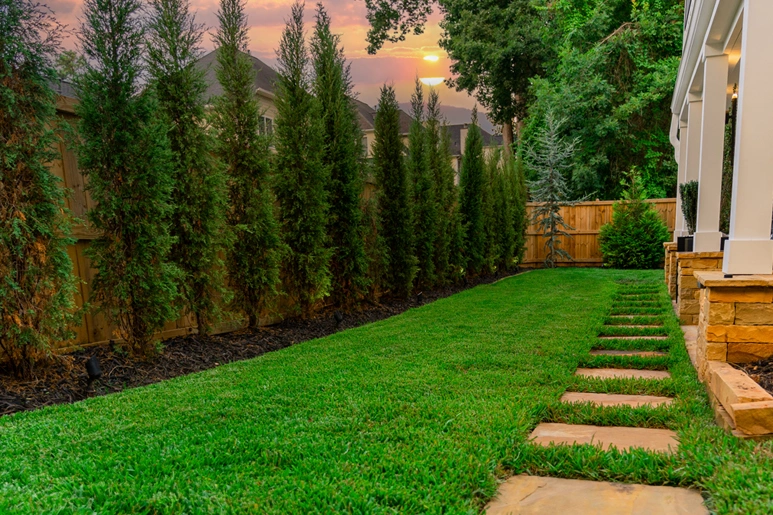
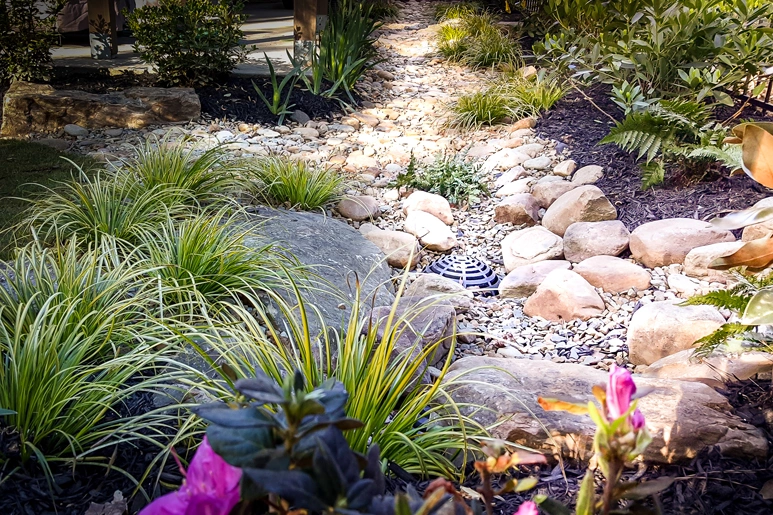
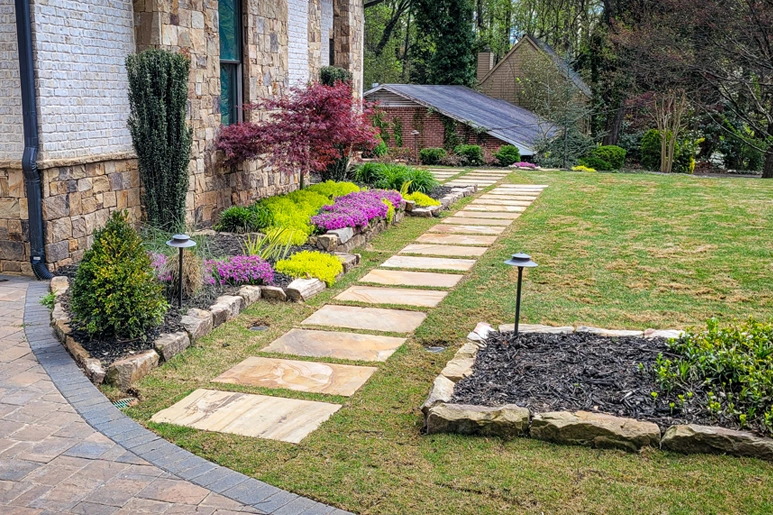
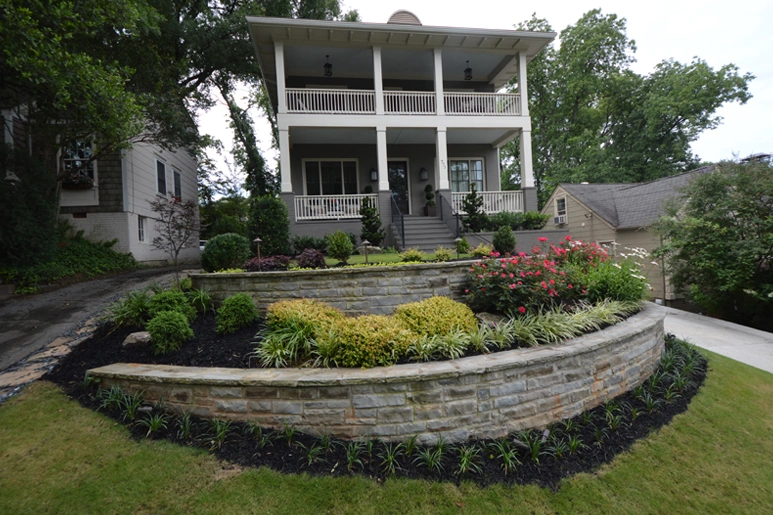
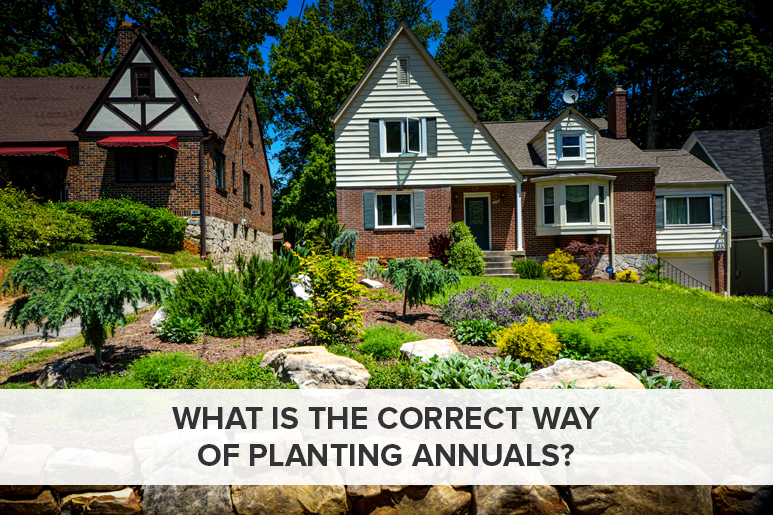 What is the Correct Way of Planting Annuals?
What is the Correct Way of Planting Annuals?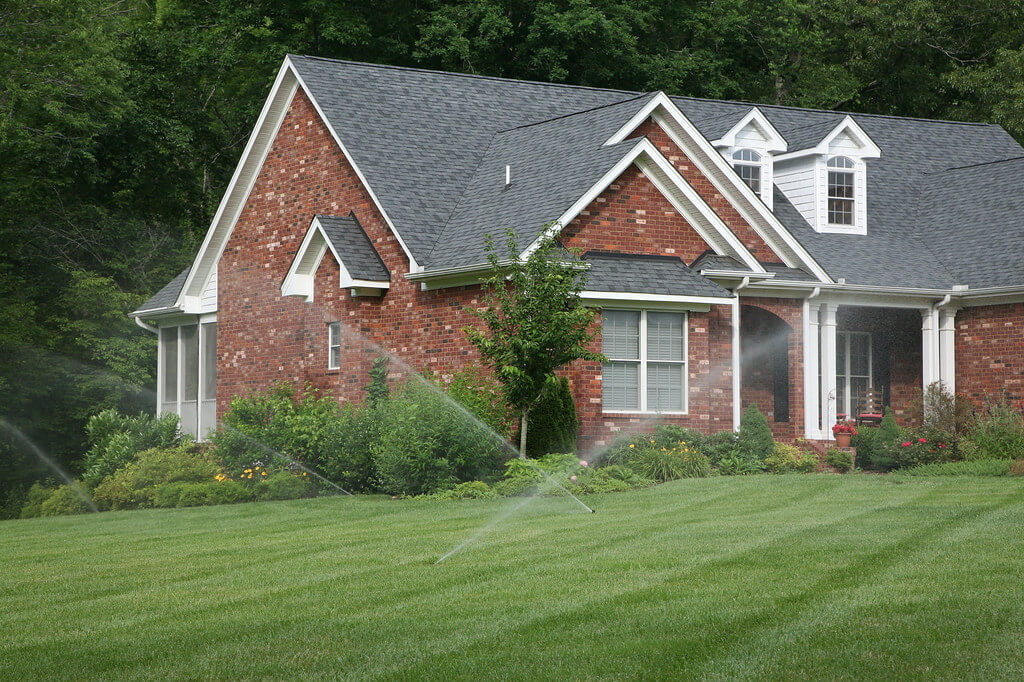 Maintaining Your New Irrigation System
Maintaining Your New Irrigation System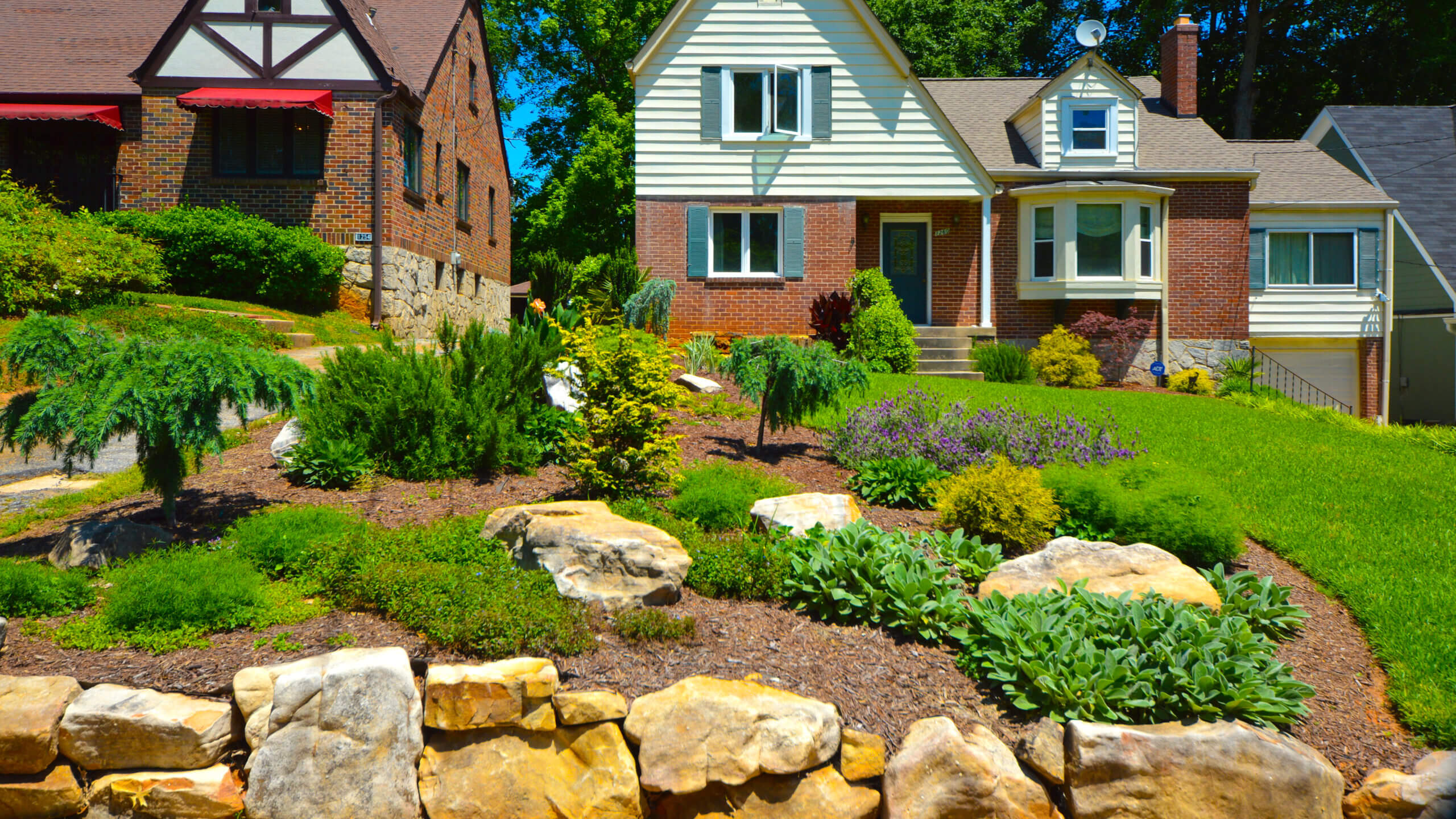 Watering Your Landscape the First Year
Watering Your Landscape the First Year
LET'S BE SOCIAL: